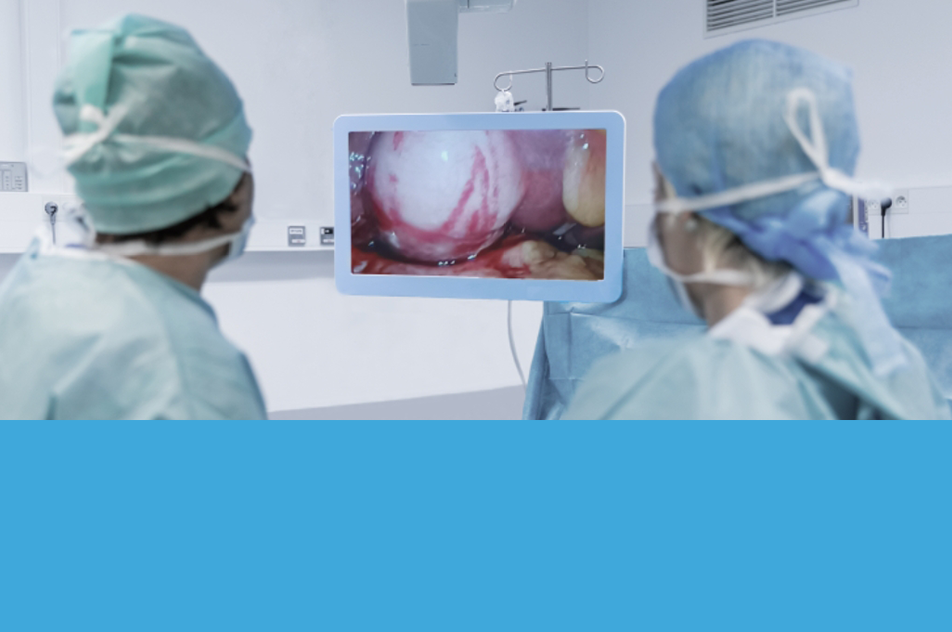






The following information pertains to the use of 3D systems in ophthalmology, but it is also relevant to other microscope operating fields such as neurosurgery and ENT.
Active and passive 3D systems are the two conventional types of systems. In active 3D systems, high-speed consecutive images for the right and left eyes are shown alternately, and a special pair of electronic glasses actively suppresses the image in the other eye. In passive 3D systems, the 3D image is obtained by mixing two images horizontally and then passively separating them into polarized 3D glasses (ICS System).
In ophthalmology, the term "heads-up surgery" is used to describe microsurgical procedures performed by viewing the microscopic image on a panel display sent from a 3D camera instead of looking at the eyepieces of the microscope. This technique provides a more ergonomic and physiologic position, reducing fatigue and eliminating constraints imposed by the standard surgical operating binocular microscope without affecting image quality or technical difficulty. Multiple colleagues can share the ultra-high-resolution view of the surgeon, potentially aiding in surgical teaching.
The heads-up technique provides superior ergonomics over traditional surgery, and it is not more difficult to perform. Additionally, the brightness of the surgical field can be superior to traditional surgery without exposing the retina to additional light. The electronic amplification of the camera's signal to increase brightness may be helpful in situations of vitreous haemorrhages, opaque media, or darkly pigmented fundi.
Over the past two decades, there has been a dramatic increase in the number of microsurgeries performed in many surgical specialties. However, the use of the traditional binocular microscope in microsurgery can lead to deleterious neck and back postures, causing musculoskeletal fatigue and injuries, which have been associated with reduced surgical longevity. The prevalence of neck, upper-body, or lower-back symptoms among ophthalmologists has been reported to be as high as 62%, and vitreoretinal surgeons may be a particularly high-risk group in this regard.